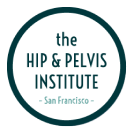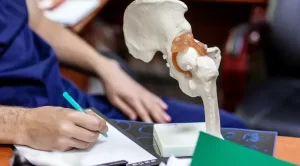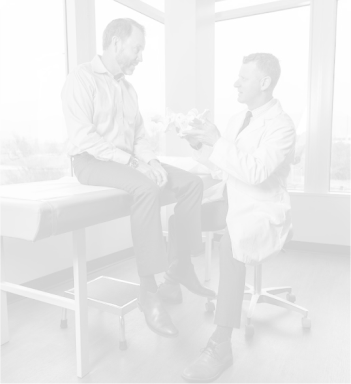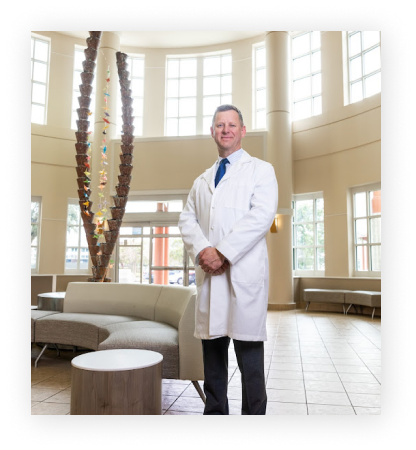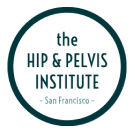We often think of aging bones as an inevitable nuisance—but what’s rarely discussed is how osteoporosis subtly reshapes the architecture of the hip long before a fracture occurs. In older adults, this silent erosion doesn’t just weaken bones—it changes how the hip absorbs force, responds to movement, and recovers from strain. This article takes a deeper look at how osteoporosis affects hip health in ways most overlook—and why early, informed intervention is more crucial than ever.
Understanding Osteoporosis: The Silent Architect of Bone Fragility
Osteoporosis isn’t just a condition of brittle bones—it’s a gradual reshaping of how your body stores and loses strength. Deep inside, your bones are constantly rebuilding themselves. But with age, especially after 50, the rebuilding slows while the breakdown speeds up. What most people don’t realize is that bone loss happens unevenly. In the hips, this means certain stress-bearing areas—like the femoral neck—become dangerously thin while others remain stable, throwing off the joint’s balance and resilience. It’s not just about weak bones—it’s about how this silent imbalance changes the way your hips handle pressure from walking, standing, or even sitting. And because osteoporosis doesn’t cause pain until damage is done, it can quietly compromise the hips long before a fall or fracture brings it to light.
The Hip-Osteoporosis Connection: Why This Joint Is So Vulnerable
The hip isn’t just a joint—it’s a weight-bearing hinge between your upper body and the ground. Every step, twist, or shift of balance puts stress through a small region called the femoral neck, a narrow bridge of bone prone to thinning from osteoporosis. What’s often overlooked is that the hip doesn’t lose bone evenly. Tiny micro-cracks can form in high-stress zones long before they show up on scans. Over time, these invisible weak spots reduce the bone’s ability to absorb shock. In older adults, even a gentle stumble can overload these compromised zones. The result isn’t just a fracture—it’s often a collapse of structure, requiring surgery. This hidden fragility is why the hip, more than other joints, becomes a silent point of failure as osteoporosis progresses.
Fractures and Their Fallout: The Hidden Costs of Osteoporosis-Related Hip Injuries
A hip fracture is often seen as a single event—an accident, a slip, a fall. But for older adults with osteoporosis, it marks the beginning of a much deeper disruption, physically and emotionally. Here’s what most people (and even many care providers) rarely talk about:
- Bone doesn’t heal the same way after 65
Osteoporotic bone has less density and slower healing capacity, which means recovery times can double—often 6 to 12 months instead of the expected 3. - Fractures often trigger a cascade of other health problems
Immobility after a hip fracture increases the risk of blood clots, pneumonia, and muscle wasting—all of which are dangerous in older adults. - One fracture increases the likelihood of another
After a hip fracture, bone stress is redistributed. If osteoporosis isn’t addressed, it’s common to see a second fracture in the opposite hip or the spine within 1–2 years. - Post-surgical limitations are rarely addressed in detail
Many patients aren’t told how long-term mobility changes—like decreased walking speed or loss of balance—can affect their independence or mental health. - Social isolation becomes a real concern
Fear of falling again often leads older adults to avoid outings, which can cause depression, anxiety, and cognitive decline—all rooted in a single hip fracture.
These hidden costs make osteoporosis-related hip injuries more than just a break—they’re a pivot point in someone’s life trajectory.
Diagnosing Risk: The Role of Bone Density Scans in Hip Health
A DEXA scan is often seen as a routine check—but for aging adults, especially those over 60, it’s one of the most powerful predictors of future hip issues. What’s rarely discussed is where the scan focuses. The hip scan zone includes the femoral neck and greater trochanter—areas under high mechanical stress. A low score here isn’t just about fracture risk; it can also signal how well a patient might respond to surgery or physical therapy. Subtle losses in bone quality—even when scores aren’t “osteoporotic”—can still mean compromised healing potential. Yet many patients don’t get hip-specific scans unless there’s already been a fall. Early, targeted scanning gives doctors a clearer picture of structural integrity and helps patients make smarter decisions before pain or injury begins.
Managing Osteoporosis: Medical Interventions That Strengthen and Support
Beyond Calcium and Vitamin D: Targeted Medications for Bone Strength
While many know about calcium and vitamin D for bone health, medical interventions now go much deeper. Bisphosphonates, often prescribed to slow bone loss, don’t just maintain density—they change how bone cells behave, making bones tougher and more resistant to tiny fractures. However, their effects vary by individual, and long-term use can sometimes lead to unusual bone brittleness, a nuance many patients don’t hear about. Newer drugs like denosumab work differently, offering options for those who can’t tolerate bisphosphonates.
Hormone Therapy: A Double-Edged Sword
Hormone replacement therapy (HRT) can protect bones by compensating for the natural drop in estrogen after menopause. Yet, its role in hip health is complex and often underexplored. Timing and dosage are critical; starting HRT too late may not prevent fractures and could increase other risks. Personalized evaluation is essential to balance benefits and side effects, rather than a one-size-fits-all approach.
Emerging Treatments and Bone Remodeling
Recent advances focus on drugs that promote new bone formation rather than just slowing loss. Agents like teriparatide stimulate bone growth, which can be crucial for older adults with severe osteoporosis facing hip surgery. These treatments may improve bone quality around implants, reducing complications and enhancing recovery, but require careful monitoring and are less well-known outside specialist circles.
Integrating Medication with Lifestyle
Medication alone isn’t enough. Optimal outcomes come when these therapies combine with tailored exercise, nutrition, and fall prevention strategies—forming a comprehensive approach to support hip strength and resilience.
Beyond the Bone: Emotional and Social Impacts of Hip Fractures in Seniors
Hip fractures don’t just break bones—they fracture a person’s sense of independence and confidence. Many seniors experience a sudden loss of mobility that can lead to feelings of helplessness and frustration, often overlooked in clinical care. Fear of falling again may cause social withdrawal, reducing visits with family and friends. This isolation can accelerate mental health challenges like depression and anxiety, which in turn slow physical recovery. What’s rarely discussed is how these emotional shifts affect motivation to engage in rehabilitation or exercise, creating a cycle that jeopardizes long-term hip health. Addressing the emotional and social fallout is as vital as treating the physical injury to restore a senior’s quality of life and prevent future complications.
Conclusion
Osteoporosis quietly undermines hip health in ways that go beyond bone loss, affecting mobility, independence, and quality of life for older adults. Understanding these hidden impacts is crucial to taking proactive steps—whether through early screening, lifestyle changes, or medical management—to protect your hips before injury occurs. If you or a loved one are concerned about osteoporosis and hip health, don’t wait for pain or fractures to take action. Visit SFHips or call us at (415) 530-5330 to schedule a personalized evaluation and learn how to keep your hips strong and resilient for years to come.
